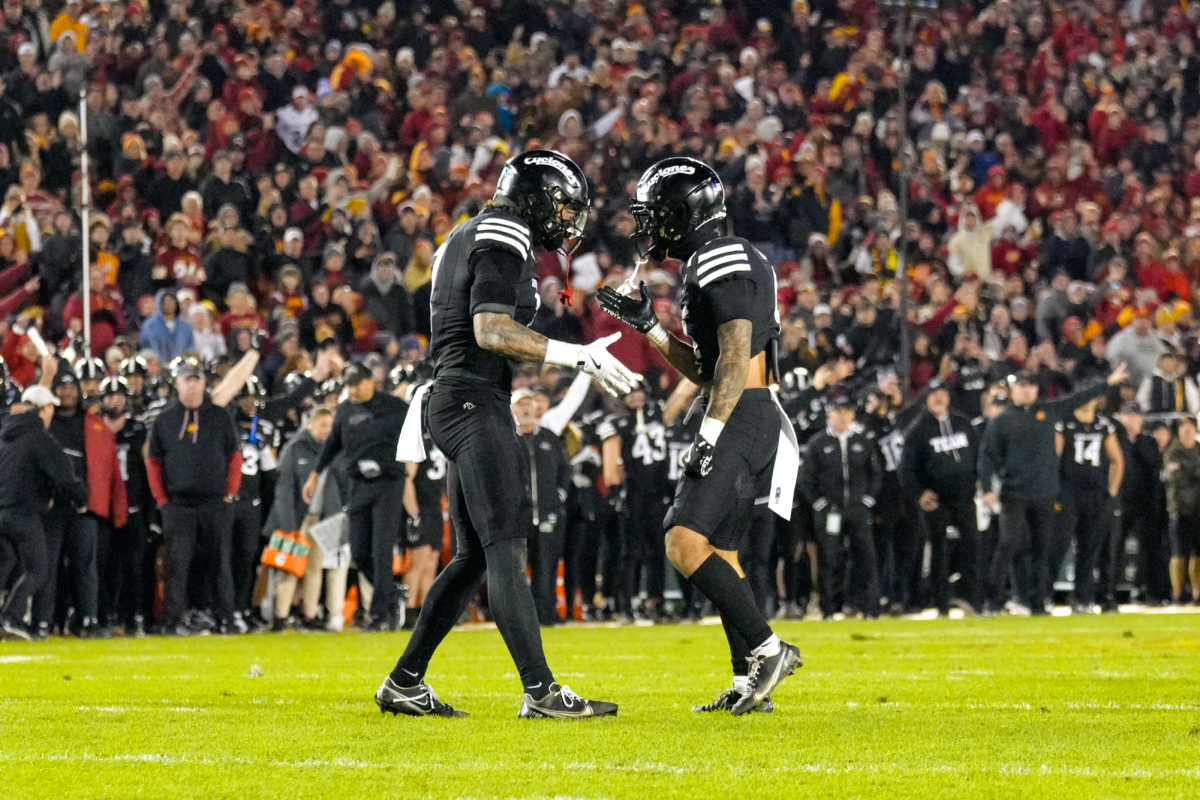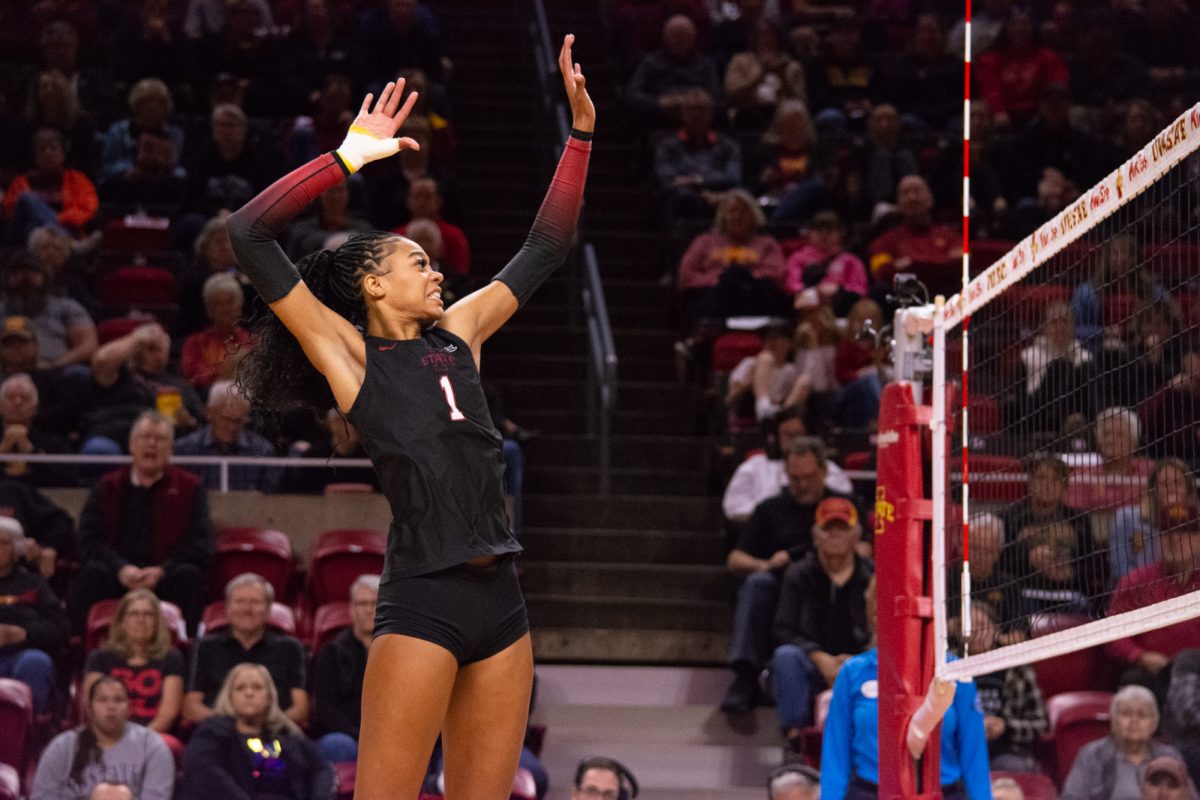LETTER: City, ISU leadership to blame for riot
March 2, 2005
I disagree wholeheartedly with David Schweingruber (“Lecture addresses riot trends, students’ desire to start riots,” Feb. 25). ISU student unrest most certainly has a cause. I fear his thinking is the result of living too long in a theoretical world rather than spending any time as a practitioner.
The cause of the riots in Ames is very simple: university and city officials look students in the eye and say, “I’m the boss of you.”
The riots are a form of acting-out behavior where even young, white, privileged, male students are compelled to push back when they perceive that they have been pushed too far. The cause of the riots is a result of the old-fashioned, 19th-century “scientific” management practices used in university towns across the nation that demand obedience of students. In my opinion, as a youth practitioner, the current management structure at Iowa State and Ames sets students up for failure.
In 1962, Columbia University professor Howard Polsky wrote a book entitled “Cottage Six” in which he developed a flowchart for delinquent power by observing adjudicated youth in a residential setting. This flowchart is called the “delinquent diamond.”
Sadly, it is my opinion that these types of delinquent organizations are alive and well not only among our most negative rioters, but among the Ames Police Department that covered up its misdeeds and the ISU administration and Ames government that evaded the real dynamics at work by creating bogus committees to “investigate” the riot.
The delinquent diamond recognizes that the true social leaders are often not those who hold key positions of authority. I think this is true of the student body, “long-term residents,” the Ames Police Department and the administrations of Iowa State and Ames.
Ames Mayor Ted Tedesco and ISU President Gregory Geoffroy have a responsibility to get at the forces undermining their authority by adopting a more enlightened form of management. I am imploring them to adopt a management practice where all offenders at all levels are sanctioned. Where all social leaders at all levels, both positive and negative, are recognized and held accountable for their actions; where all leaders build consensus on the accepted norms within our community and agree to role-model those positive behaviors.
Sadly, Iowa State and Ames refuse to admit that they lack the skill set to adequately address their seriously flawed “best practices” management structure. They continue to rely on in-house theorists to fallaciously define the issue. In exchange for more destruction right here in Ames, Iowa, I’m calling for a sea-change in thinking.
Jon Shelness
Alumnus
Slater





